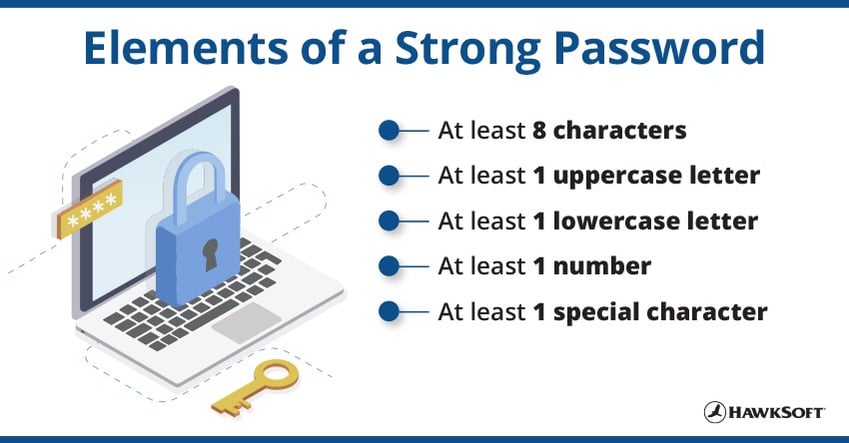In the labyrinthine realms of cryptography, an age-old adage permeates discussions surrounding security: “longer keys yield stronger security.” This notion epitomizes the prevailing wisdom that as key lengths increase, so too does the safeguarding of sensitive data. However, does this hypothesis withstand the scrutiny of meticulous examination? Engaging in a nuanced exploration reveals that the relationship between key length and security is not as straightforward as one might initially presume.
At the core of cryptographic strength lies the concept of entropy, a term derived from information theory that quantifies the uncertainty or randomness inherent in a key. Longer keys invariably encompass a greater pool of potential combinations, theoretically enhancing the entropy and subsequently bolstering security against brute force attacks. For instance, a 128-bit key boasts approximately 3.4 x 1038 distinct combinations, whereas a 256-bit key escalates this multitude to an astronomical 1.1 x 1077. This exponential growth in possibilities fundamentally increases the time and computational resources necessary for an adversary to brute-force a key, ostensibly solidifying its protective capabilities.
Nonetheless, it is paramount to note that key length is but a singular facet within the multifaceted tapestry of encryption security. The efficacy of longer keys can be compromised by ancillary vulnerabilities such as weak algorithms, improper implementation, or flawed key management practices. A perennially cited case is the well-documented vulnerability of the WEP (Wired Equivalent Privacy) protocol despite its usage of a 128-bit key. Implemented erroneously and susceptible to various attacks, WEP’s key length paradoxically rendered its encryption less secure than simpler alternatives. Thus, while longer keys may provide an initial layer of defense, they do not render an algorithm immune to compromise.
The certitude of longer keys yielding stronger security further begs the inquiry into the diminishing returns of key length. Cryptographic theorists have persuasively argued that after a certain threshold—typically around 256 bits for symmetric keys and 3072 bits for asymmetric keys—the incremental benefit of extending key length substantially wanes. In practical applications, this can engender inefficiencies; longer keys demand greater computational resources and processing time, which can hinder performance in resource-constrained environments or lead to latency concerns in real-time applications.
Moreover, the evolution of computing paradigms, particularly with the advent of quantum computing, introduces an enigmatic dimension to the discourse on key length. Quantum algorithms, such as Shor’s algorithm, threaten to render contemporary asymmetric cryptography susceptible to polynomial-time factoring of large integers, fundamentally revolutionizing the landscape of cryptographic strength. Consequently, the conventional wisdom that longer keys promise perpetual security must account for the paradigm shift induced by quantum technologies. A future predicated on quantum supremacy may necessitate a reevaluation of key lengths altogether, favoring post-quantum cryptographic solutions that ensure resilience against nascent threats.
In light of these revelations, the inquiry should pivot towards a more holistic evaluation of cryptographic security that transcends the simplistic metric of key length. In this vein, key management strategies emerge as paramount components of any secure architecture. Employing effective procedures for key generation, distribution, storage, and lifecycle management can significantly mitigate risks that long keys might otherwise present. Disaster recovery plans, routine key rotations, and access control measures play pivotal roles in fortifying an organization’s cryptographic posture.
The coalescence of various cryptographic primitives results in an architectural framework that exemplifies security principles. For instance, employing a layered security approach, where cryptographic keys work in conjunction with additional security measures such as multi-factor authentication and intrusion detection systems, engenders a more robust defense against multifarious attack vectors. This holistic synthesis advances the security conversation beyond a binary assessment of key length to encompass a broader strategy focused on resilience and adaptability.
As the discourse surrounding key length evolves, it is vital to engage with the latest advancements in cryptographic research. Innovations such as homomorphic encryption, which enables computations to be performed on ciphertexts, and the implementation of zero-knowledge proofs are reshaping the cryptographic landscape. These advancements not only influence notions of security but also the viability of longer keys, enabling new methodologies that transcend traditional constraints.
Ultimately, while longer keys inherently confer a greater degree of security, it is crucial to appreciate the complexity that underpins effective cryptography. As organizations grapple with the balance between key lengths and practical considerations, there exists an imperative to cultivate a comprehensive understanding of cryptographic resilience. The continual emergence of new technologies necessitates vigilance, adaptability, and innovation in securing sensitive data. Rather than fixating solely on the length of keys, a nuanced approach—one that harmonizes key management, algorithmic integrity, and technological advancements—illuminates the path toward enhanced data security.
Thus, as we delve deeper into the cryptographic dimensions of security, we must remain cognizant of the intricate interplay between various elements that contribute to the overall strength of encryption. The promise of longer keys may invoke curiosity, but it is the interplay of thorough understanding, strategic implementation, and proactive adaptation that ultimately fortifies our defenses in a constantly evolving digital world.








Leave a Comment